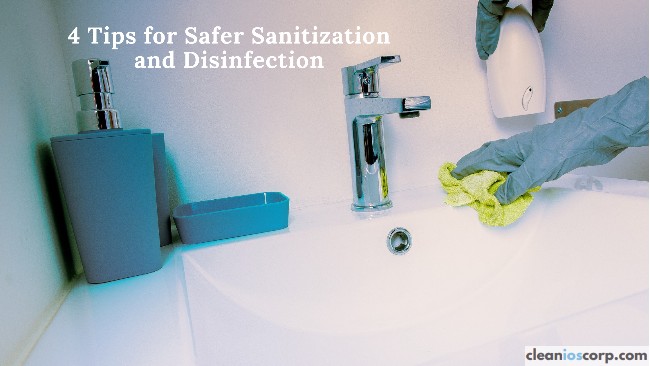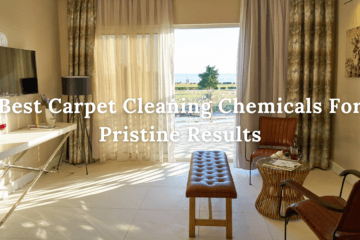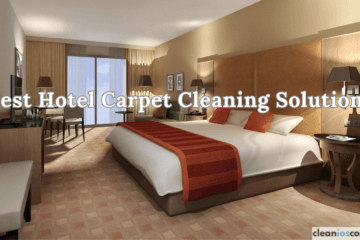
Sanitization and Disinfection
The COVID-19 pandemic is still raging in many parts of the world, so it is crucial to have processes of Sanitization and Disinfection in homes, commercial offices, and public places.
In a way, it is a healthy practice to regularly sanitize the public areas of your home and office because it’s the first step to preventing the spread of infection.
Here are some tips that you can deploy while practicing safer sanitization and disinfection, which will go a long way even after the pandemic ends.
1) Know When To Clean & Disinfect
Firstly, understand the difference between cleaning (or sanitizing) and disinfecting.
When sanitizing, you remove contaminants, germs, bacteria, and viruses and effectively reduce the risk of infection on high-contact surfaces.
When disinfecting with proper and safe chemicals, you kill off any remaining germs on surfaces left behind after a sanitizing spray.
Thus, cleaning must be followed by disinfecting and depending on the footfall in your facility; these tasks should be undertaken regularly.
2) Higher Standard Sanitizing/Disinfecting Products
During the pandemic, some companies struggled to find sanitization /disinfecting solutions. At the same time, some new chemical cleaning agent manufacturers make huge profits by putting out substandard products.
Using random sanitizing or disinfecting products in the market can be a problem.
It is essential to know the chemicals used in these cleaning agents because they can either not work or cause irritation and damage to the skin or other body parts.
Likewise, these ingredients may also cause asthma and prove dangerous to kids and adults alike.
This is why you should always buy sanitization and disinfection products from verified and certified manufacturers only.
3) Proper Cleaning Processes
When cleaning any surface, check how often it is being used or comes into contact with people. A chair at a reception outside a doctor’s office will see many users, while a pen inside the clinic may be used only by the doctor.
Thus, you need to use the right chemicals to sanitize and disinfect surfaces with higher touchpoints.
4) Skin Sensitive Cleaning Agents
Both sanitization and disinfection solutions use several active and inactive chemicals as their ingredients. But these solutions can cause damage to your skin, and you should avoid direct contact at all costs, even if your skin is not sensitive to cleaning agents.
Although all brands put a cautionary message, the warning is often ignored.
Reading the labels and wearing appropriate personal protective gear prevent chemical contact with skin and avoid any trace of virus or bacteria.
Hygiene & Safety Protocols
To prevent medical complications, you mustn’t swallow or inhale chemical solutions mistakenly or deliberately.
This is a higher risk among kids.
If in direct contact, cleaning with water for a few minutes should help, but seek medical assistance if necessary.
Best Practices

Cleanios Corporation is a market leader in chemical solutions and best practices for cleaning, sanitization and disinfection services.
We provide solutions for all industries, including commercial laundry, hospitals, restaurants, bars, hospitality and more.
If you are looking for the best chemical solutions for sanitization and disinfection, contact us, we are always here to help.



2 Comments
Alice Carroll · February 1, 2022 at 3:56 PM
I like that you also mentioned that wearing proper safety gear is key to safely sanitize an office space. I have a friend that will start her company relatively near where I live because there is a nice office space that she could rent around these parts. Maybe she should allot some of her budget for coronavirus business sanitization services early on just to be safe.
admin · February 14, 2022 at 10:21 AM
Hello Alice
Thank you for reaching out and sharing your comments, Personal Protective Equipment (PPE) is often overlooked, but really an important factor when handling chemicals of any type, even if you are just aware of what the manufacturers recommend, then based on your risk tolerance you can decide to either follow, modify, or ignore the recommendations, but awareness is key.
I only wish your friend much success in her company.